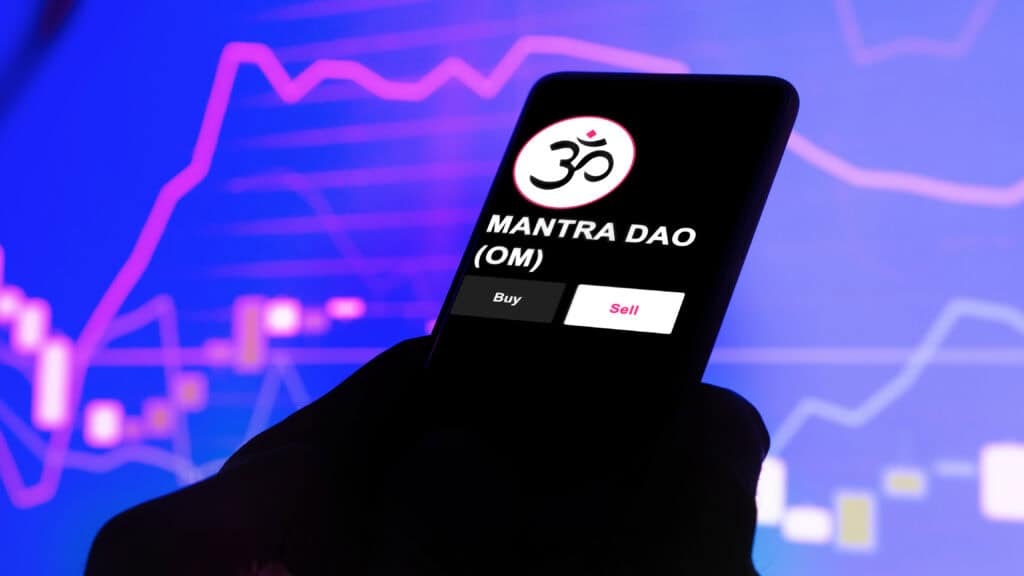
Key Takeaways:
- Mantra attributes OM token’s 90%+ price crash to forced closures by a centralized exchange during low-liquidity hours, calling the timing “negligent or possibly intentional.”
- Co-founder John Mullin refuted speculation of internal loans or rug pulls, affirming tokenomics and locked tokens remain intact.
- Significant OM transfers to exchanges by whales preceded the crash, with one group incurring a reported $406M unrealized loss.
On April 13, the OM token from blockchain platform Mantra crashed from $6.30 to below $0.50, wiping out over 90% of its $6 billion market cap within hours.
Mantra co-founder John Mullin blamed the collapse on “reckless forced closures” by a centralized exchange, which he said occurred during low-liquidity hours, implying negligence or intentional manipulation.
𝗢𝗠 𝗰𝗿𝗮𝘀𝗵 𝗵𝗮𝘀 𝘀𝗵𝗮𝗸𝗲𝗻 𝘁𝗵𝗲 𝗲𝗻𝘁𝗶𝗿𝗲 𝗰𝗿𝘆𝗽𝘁𝗼 𝗺𝗮𝗿𝗸𝗲𝘁 🚨🚨
— Wise Advice (@wiseadvicesumit) April 14, 2025
$𝟱 𝗯𝗶𝗹𝗹𝗶𝗼𝗻 in value has been evaporated as the token is down 𝟗𝟎% in just 24 hours.
But why did this happen?
Due to the excessive greed of the Mantra team.
Since Q4 2023, the $OM… pic.twitter.com/SiMLJdGCPN
While Mullin didn’t name the exchange, he confirmed it was not Binance and said more details will be shared in an upcoming community update.
There was speculation that Mantra used OM as loan collateral, but Mullin denied this, clarifying the event was tied to third-party investor positions on centralized exchanges (CEXs), not internal debt.
He also rejected rug pull rumors, reaffirming that OM tokens remain locked under a public vesting schedule.
On-chain data revealed whales moved over 14 million OM (worth $91 million) to OKX just before the crash.
This group had previously accumulated 84 million OM from Binance, now heavily devalued.
At least 43.6 million OM—about 4.5% of its circulating supply—was transferred to exchanges in the days before the plunge.
Despite the chaos, Mantra continues its expansion, announcing a $1 billion tokenization deal with DAMAC and securing regulatory approval in Dubai.

